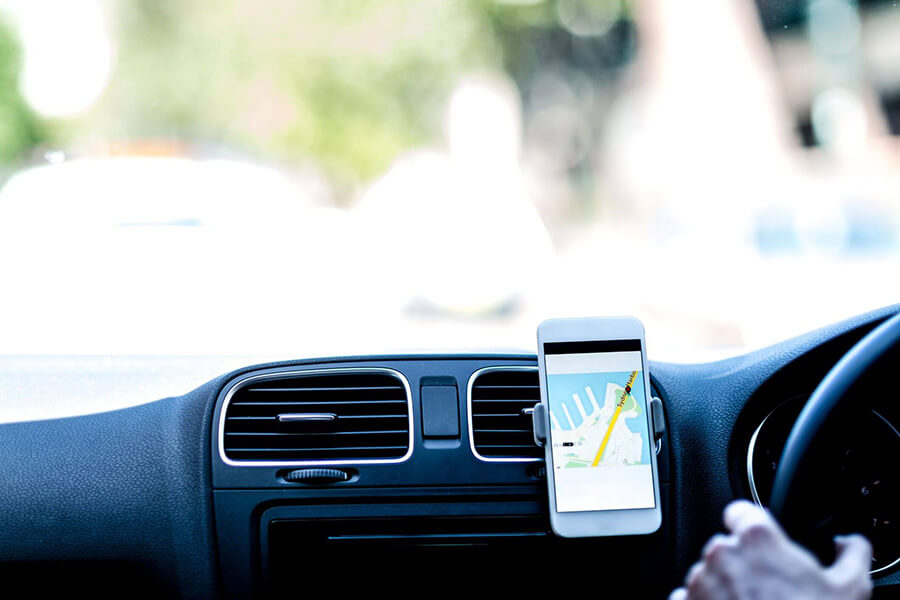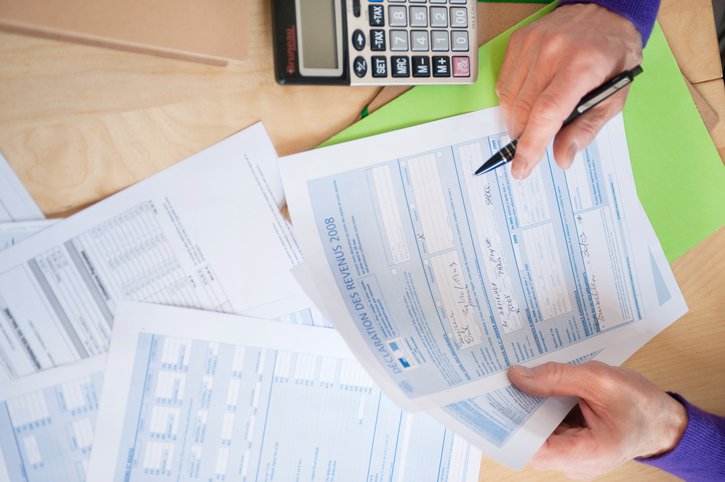In the past, starting a small business was a rarity. In today’s landscape, it’s possible for virtually anyone with the motivation and drive. For many small business owners, the role of Uber driver (or any ridesharing profession) has become a great way to earn a living while being your own boss.
Ridesharing, using a personal vehicle to take paying passengers to their destination, has become a great and efficient way for many people to be their own bosses.
But, most Australian businesses need an Australian business number (ABN). Since an Uber driver is essentially a small business owner, they need to be concerned with small business matters, like an ABN and taxes, too.
To ensure you’re set up for financial and business success, let’s take a look at everything required to operate as an Uber driver in Australia. Then, we’ll look at your business taxes and how you can go about paying them.
















